Selected
- Details
- Written by NSW News
- Category: Selected
- Hits: 251
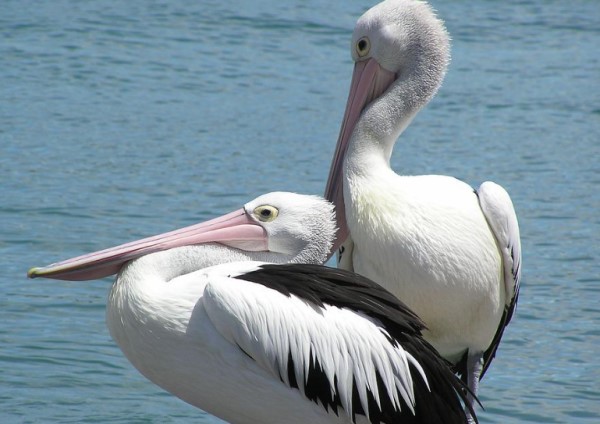
More than 25,000 pelicans will soon take flight following two large pelican breeding events in inland NSW.
Pelican nests have been counted at Lake Brewster in the Lachlan Valley and Kieeta Lake in the Murrumbidgee Valley, with the water birds having only been recorded nesting in Kieeta Lake once before, after the 2016 floods.
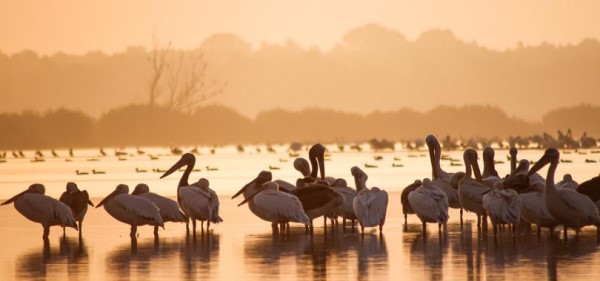
Minister for Environment James Griffin said the mega breeding event coincided with a wet year, dozens of full lakes and abundant fish stocks, creating excellent conditions for the season.
“These breeding events are incredibly important to help build up water bird populations, which have been affected by recent droughts,” Mr Griffin said.
“We are working with the Commonwealth Environmental Water Holder to keep water levels stable and give the pelicans the best chance for breeding success.
“We’re also seeing Pelicans flock to Kieeta Lake, thanks to a four year NSW Government project to turn irrigated farmland back to a more natural state, allowing water to reach the wetlands.”
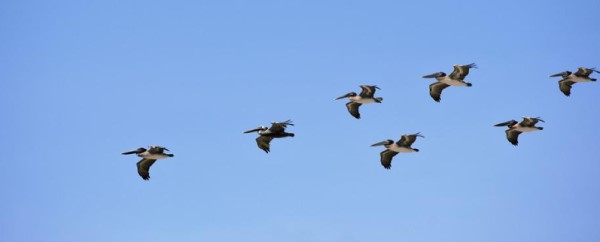
The Nari Nari Tribal Council, Kieeta Lake’s Indigenous owners, have been a key part of the success of the breeding season because of important environmental water and feral pest management.
Pelicans at both sites are part of a leg-banding research project by the NSW Department of Planning and Environment (DPE) and University of New South Wales, which is tracking how far the birds travel and if they return to breed at the site.
“This research provides important information that helps us understand the migration patterns and behaviors of these iconic birds. For example in the past, the banded birds have been spotted in northern NSW and southern Queensland,” Mr Griffin said.
Banded pelican sightings can be reported via This email address is being protected from spambots. You need JavaScript enabled to view it..
Images: Pixabay free images
- Details
- Written by Grant Broadcasters
- Category: Selected
- Hits: 202
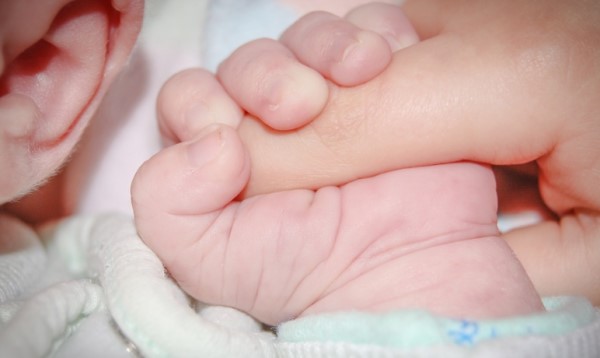
At five months of age, she was developing normally, well-nourished, a "good sleeper".
She lived with her mother, three-year-old sister and stepfather in a "clean and neat" home, attended regular check-ups, and was a "healthy baby in all respects".
After her nightly bath and feed she was put to bed in a cot. She typically woke two or three times a night.
When she and her sister would wake in the middle of the night, her attentive mother or stepfather would prepare them a bottle each, then bring them into bed with them, where the four of them would wake each morning and start the day together.
Except one day they didn't.
The five-month-old girl - given the pseudonym 'BR' in a Tasmanian Coroners Court report - failed to wake on February 12, 2021.
Though she looked like she was sleeping peacefully when her mother woke, BR's body was lifeless, stiffening. She had vomit in her mouth and attempts to resuscitate her failed.
In handing down recommendations, Coroner Olivia McTaggart said all the evidence pointed to co-sleeping being to blame for the otherwise healthy girl's death.
"There is significant evidence that BR died in an unsafe sleeping environment involving the risk of suffocation by adult bedding or the bodies of others in the bed," she said.
"I am satisfied that the sleeping environment did, at the very least, contribute to BR's death by restricting her breathing."
Ms McTaggart emphasised the critical and often-repeated warnings of coroners and health professionals against the practice of co-sleeping, stressing the fatal risks involved.
"In this case, it is likely that BR would not have died if she had been in her own cot," she said.
While the recommended practice in Australia is to put babies to sleep in their own cots, somewhere between 75 and 80 per cent of babies spend some time co-sleeping in the first three to six months of life, a recent Australian survey about safe sleep practices has found.
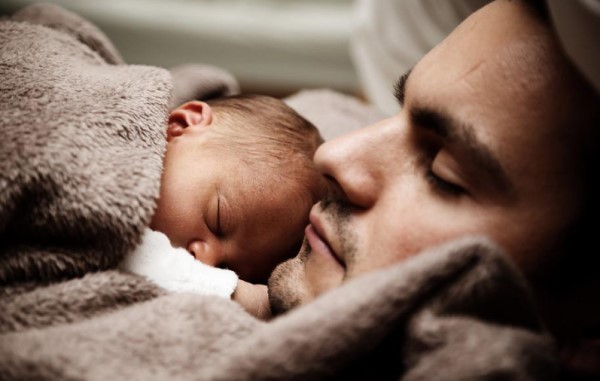
Red Nose Australia's CEO Keren Ludski says it is vital that parents who co-sleep are given practical advice so they can do so as safely as possible.
"These situations are beyond heartbreaking and no family should have to experience the pain this family is now experiencing," Ludski said.
"We do not recommend co-sleeping, however, we know this is a very sensitive topic that needs to be spoken about with compassion.
"There may be many reasons parents choose to co-sleep - exhaustion, cultural norms, socio-economic challenges and ease of breast feeding to name a few."
Red Nose's advice to parents choosing to co-sleep include always placing their baby on their back to sleep; keeping the baby's head and face uncovered and away from adult bedding; moving the bed away from the wall so the baby can't get trapped; and never letting the baby sleep between two adults.
- Details
- Written by Grant Broadcasters
- Category: Selected
- Hits: 208
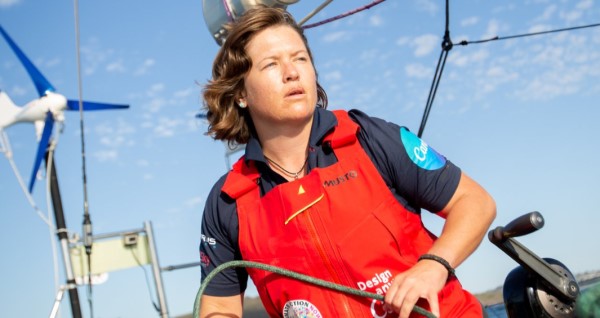
After Aussie solo sailor Lisa Blair dismasted and was left fighting for her boat and her life during a world record attempt to circumnavigate Antarctica in 2017, she'd have been forgiven for sticking to dry land.
But the dramatic and traumatic experience boosted her confidence to make another attempt.
After more than 75 days at sea, Blair is about two weeks off making landfall in Albany, WA, a feat that will shave days off a Russian world record for the same journey.
Not that she's letting herself get too excited yet.
"I don't want to jump the gun," Blair said from her boat Climate Action Now, somewhere in the swells of the Southern Ocean between South Africa and Australia.
Blair was 72 days into her 2017 journey when she lost her mast in a massive storm, an ordeal that she documented in her book Facing Fear.
"A dismasting is equivalent to hitting an iceberg or losing your rudder - it's one of those worst-case-scenario events.
"For me, my surviving it and managing it in the way I was able to manage it gave me a lot of confidence in my ability to actually be out here in the Southern Ocean.
"Knowing that I have the skill set and knowledge and the mindset and attitude to see through those situations."
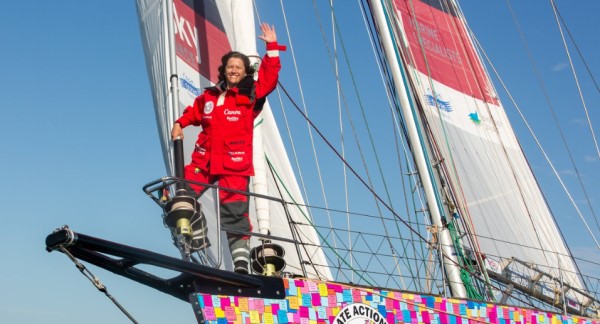
After her ordeal, just attempting this record is triumph enough for Blair.
"I was just as proud at the start line as I will be at the finish line," she says.
But this time around - though she's reluctant to tempt fate by saying so - Blair's attempt is looking as though it might come off.
She is leagues ahead of record-holder, Fedor Konyukhov, and if all goes to plan, she should beat him by a few days.
"I haven't let myself think about that too much," she says, though she is desperate for a hot shower.
"But to be successful will be the most remarkable reward."
Blair has a lot time to fill when she's at sea. She has worked her way through many books and has a hard drive full of movies.
But she has also kept busy turning Climate Action Now into a science experiment by collecting data for studies into microplastics and deploying weather drifting buoys for the Bureau of Meteorology to help them improve forecast models and warning systems.
It's not glamorous. Dinner involves adding a cup of boiling water to a variety of freeze-dried meals that she dresses up with different sauces to trick herself into thinking she's eating something new.
Her wet clothes are dried by wearing them as she sleeps as her body is the warmest thing on the boat: "It's a version of torture".
But there is a simplicity to life at sea, she notes.
"I feel just at home on the ocean as I do on land.
"All it is is 'what's the wind doing? Have I eaten? Have I slept?' Eat, sleep, sail, rinse and repeat."
- Details
- Written by Grant Broadcasters
- Category: Selected
- Hits: 207
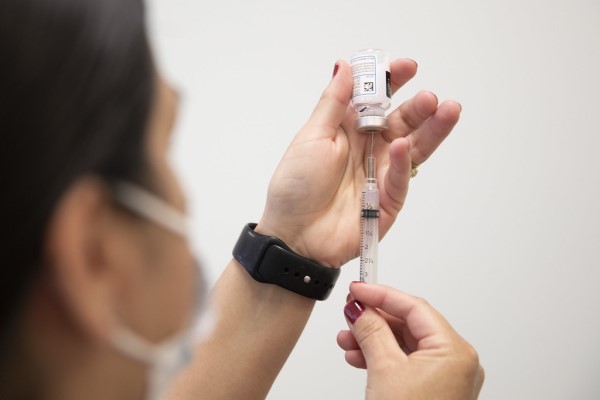
Health authorities are turning their attention to broader vaccination targets after the lifting of COVID-19 restrictions.
In NSW, pharmacies will join a reinvigorated plan for adolescent immunisations for the nearly 80,000 students who missed out on shots when schools were closed during the pandemic.
Authorities will offer human papillomavirus virus and diphtheria-tetanus-pertussis shots for people 12 and up, as well as meningococcal jabs to those aged 14 and over.
It comes as NSW and Victoria report 21,035 new cases of COVID-19, with 11,671 in the northern state.
There were 28 virus-related deaths, including 19 in NSW and nine in Victoria.
NSW has the largest number of people in hospital with the virus, with 1481 compared to 494 in Victoria. There are 54 people in ICU in NSW and 35 in Victoria.
The vaccine push in NSW is on top a call by health experts for Australians to get their flu jabs as hospitals prepare for a winter influx of flu and COVID-19 patients.
Authorities have been predicting a particularly bad flu season after two years of the virus being suppressed by restrictions on international travel and social distancing measures to combat the COVID-19 pandemic.
No deaths were recorded from the flu last year but vaccination coverage also dropped, leaving people vulnerable to new influenza strains.
In 2019 - the last winter before the pandemic - more than 313,000 flu cases were reported in Australia and 902 people died.
NSW Chief Health Officer Dr Kerry Chant said nearly 80,000 NSW students missed out on routine vaccinations in 2020 and 2021 due to school closures.
Health workers are trying to play catch-up through school-based programs.
"To make it easier for these students to get up to date with their immunisations, we are now making routine NSW government-funded adolescent vaccinations accessible through local pharmacies across NSW," Dr Chant said.
She said the vaccines will help teenagers but also the population, as more people vaccinated against a disease reduces the spread.
LATEST 24-HOUR COVID-19 DATA:
NSW: 11,671 new cases, 19 deaths, 1481 in hospital with 54 in ICU
Victoria: 9365 new cases, nine deaths, 4942 in hospital with 35 in ICU
© AAP 2022
Image: https://www.flickr.com/photos/governortomwolf/51125972421 (free image)
Page 45 of 191